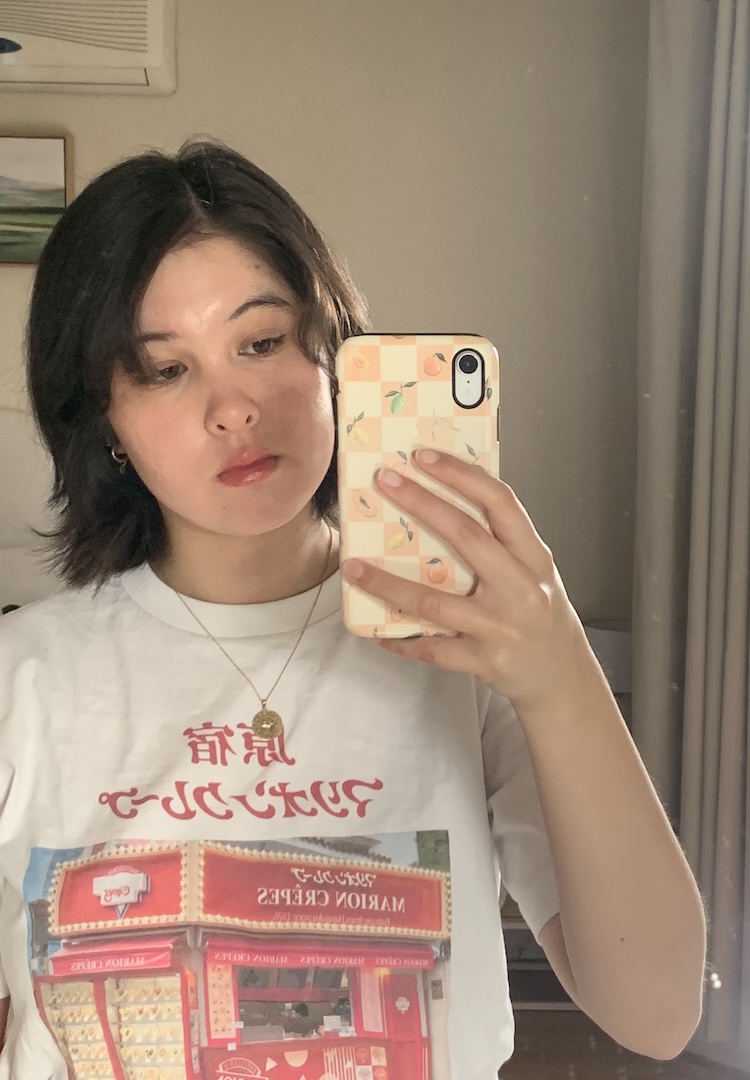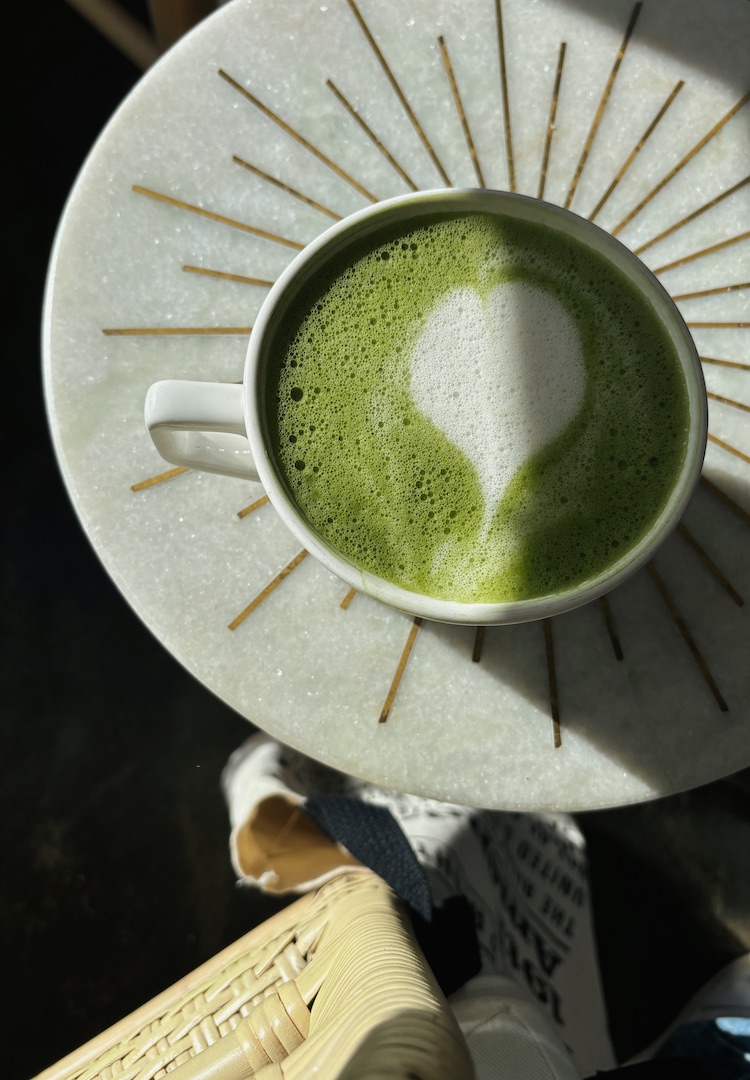As an Indian-Australian, here’s why the incense trend makes me uncomfortable
WORDS BY GITIKA GARG
Understanding the cultural significance of an ancient form of fragrance.
I can’t be the only one whose Instagram and TikTok feed is saturated with people charging their crystals and burning sticks of incense, letting its ephemeral smoke fill the screen.
In recent years, incense has become an incredibly popular trend in the Western world. Jumping on the spirituality bandwagon, these sticks have been accompanied with captions like “tuning into my inner zen” and paired with hypnotic background music.
For more content like this, head to our Life section.
For the longest time – and to an extent, even now – I couldn’t understand the appeal of casually burning incense. As an Indian woman, incense is nothing new to me. Instead, its sandalwood fragrance is a nostalgic reminder of family, prayer and celebration.
Incense, or ‘agarbatti’ as we call it in Hindi, wasn’t something my family burned daily to tap into our ‘calm’ but rather it was used as a part of sacred prayer and ritual during auspicious times. I’ve grown up seeing priests use it in temples, offering it to us as blessings and my mum burning it while reciting religious chants that didn’t even remotely make sense to me.
Seeing this sudden fascination with incense in Western spaces – splashed across social media, homewares stores and even my Caucasian friends’ houses – has left me a little perplexed. I’m unsure how to feel about this ‘new’ phenomenon.
Incense has been commercialised and has strayed away from its ritualistic roots. The incense I’m familiar with sat in my family’s kitchen cupboard for years and cost us a mere few dollars, so the newfangled minimalistic branding, sleek packaging, quirky (and sometimes disrespectful) holders and hefty price tags seem a bit off.
Does it toe the line of cultural appropriation or are we just appreciating an Eastern tradition? To answer my qualms and questions, I thought it was best to go back to the history of incense to better understand what it’s been used for and how it’s entered the current space.
What has incense been traditionally used for?
Without giving you too much of a history lesson (apologies in advance), as an ancient form of fragrance, incense has always been synonymous with spirituality and to this day is used across many different Eastern cultures.
In India, agarbatti has traditionally been and continues to be used as an important step in divine worship. Its fumes are thought to purify the environment, creating a sacred atmosphere. As a child, I remember complaining about the smoke and distinctive smell while sitting for what felt like endless hours at these rituals. Looking back now, I can see that these were important moments that allowed me to connect with my culture.
Across China, the use of incense dates back to the Tang dynasty and is used to worship Gods and ancestors. Its aroma helps calm the mind during these times of reverence.
And in a similar vein, incense has been an integral part of rituals across Japan, Thailand and the Middle East. While it does not belong to one culture or religion, incense has been used throughout East Asia for centuries.
Incense in today’s day and age
Fast forward to now – step aside candles – and incense has inhabited yoga studios, offices and homes all around the world. Widely popular and very in demand, you can buy a beautifully packaged box of incense almost anywhere these days.
For me, the problem lies in its commercialisation. Marketed in aesthetically pleasing packaging fashioned to fit the West, incense is sold as a ‘luxurious fragrance’ to enjoy at an absurdly high cost.
I’m all for playful creativity, but nude incense holders (yes, they exist) blatantly disrespect the sacred, spiritual practices associated with incense’s traditional use.
But it comes as no surprise to me, as this has happened countless times before. I’m thinking of the classic turmeric latte – an Indian home remedy known simply as turmeric milk that my mum would make me when I wasn’t well – hair oiling, yoga, meditation and many more.
It’s sad to see how people from the East tend to let go of their own traditions out of feelings of embarrassment and alienation only to then see the West eventually discover and embrace them. Being laughed at for turning up to school with oil in my hair (hair oiling is an ancient Indian tradition) was the pinnacle of this for me.
But back to incense – it’s not only a way to incorporate a new fragrance into your home but a sacred part of rituals that continue to be performed today. Acknowledging this is key.
No matter whether you use it to feel calm, reduce your stress, as part of a spiritual practice, or you simply enjoy it for its scent, it’s important to take the time to understand its history and cultural significance.
Rather than blindly jumping on the bandwagon, let’s acknowledge its sacred roots and respect its traditional use. Let’s collectively move into a space of appreciation – while also enjoying its dreamy aroma, of course!
This article was originally published on February 15, 2022.
To learn more about the rise of incense, try this.













